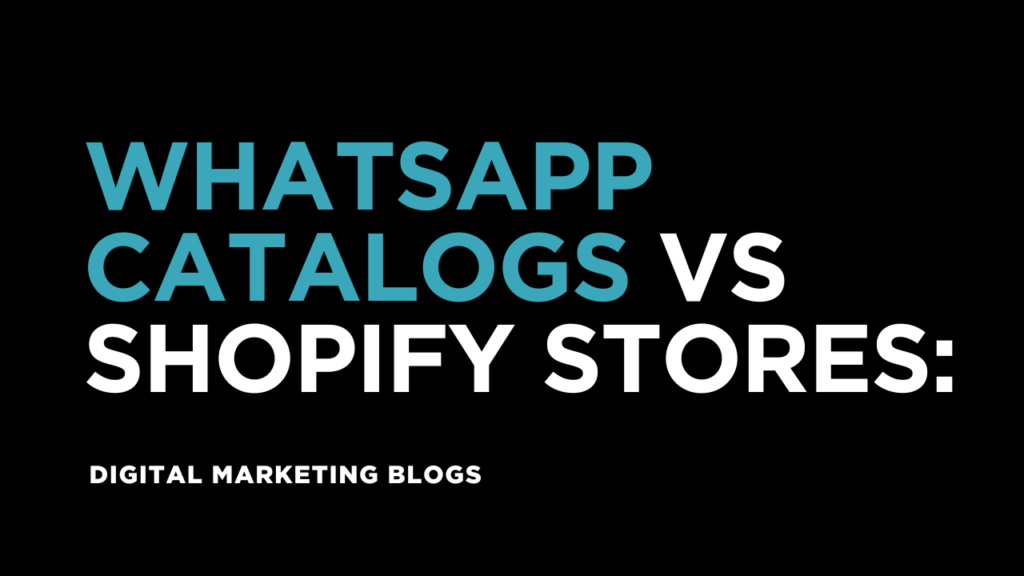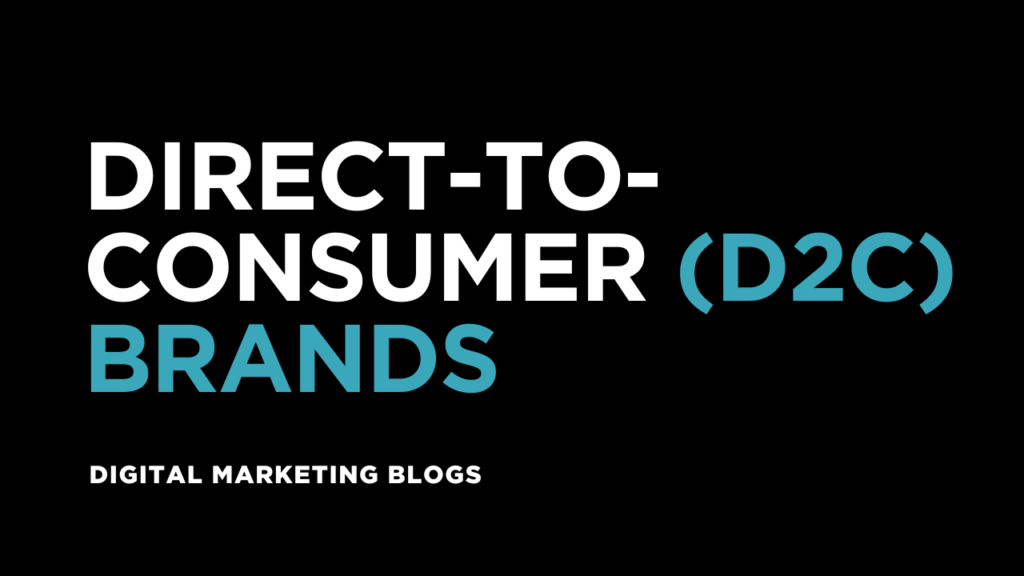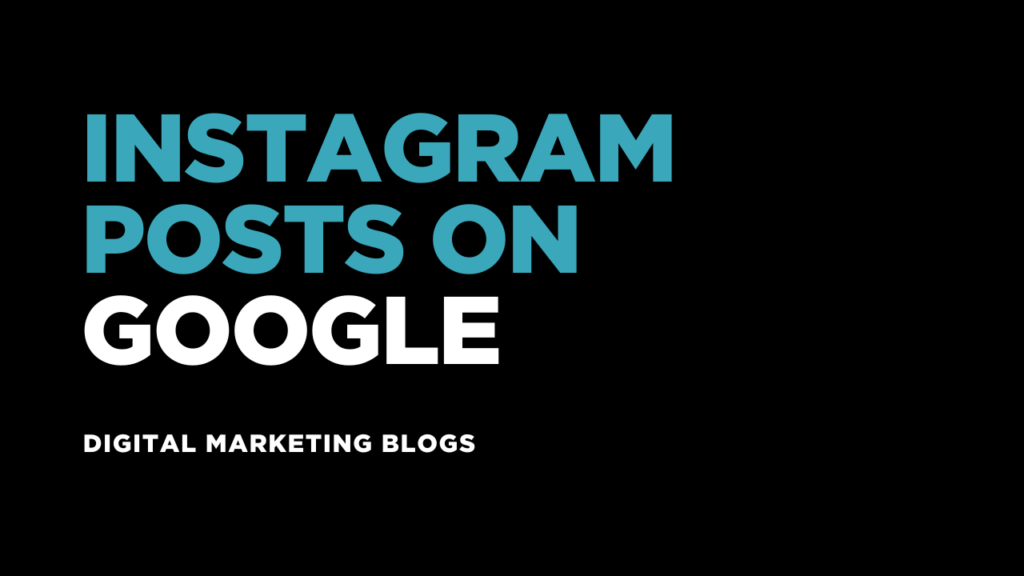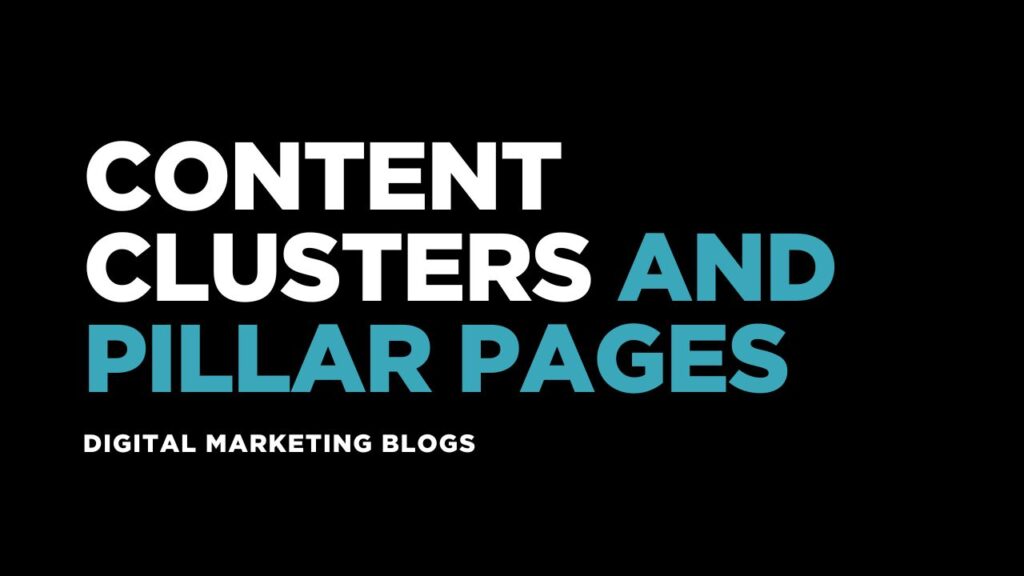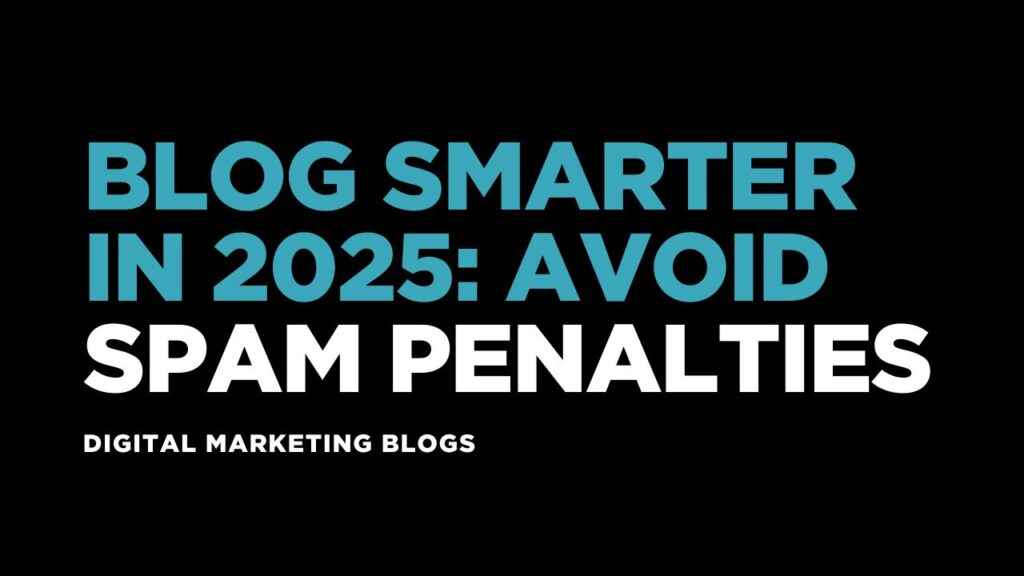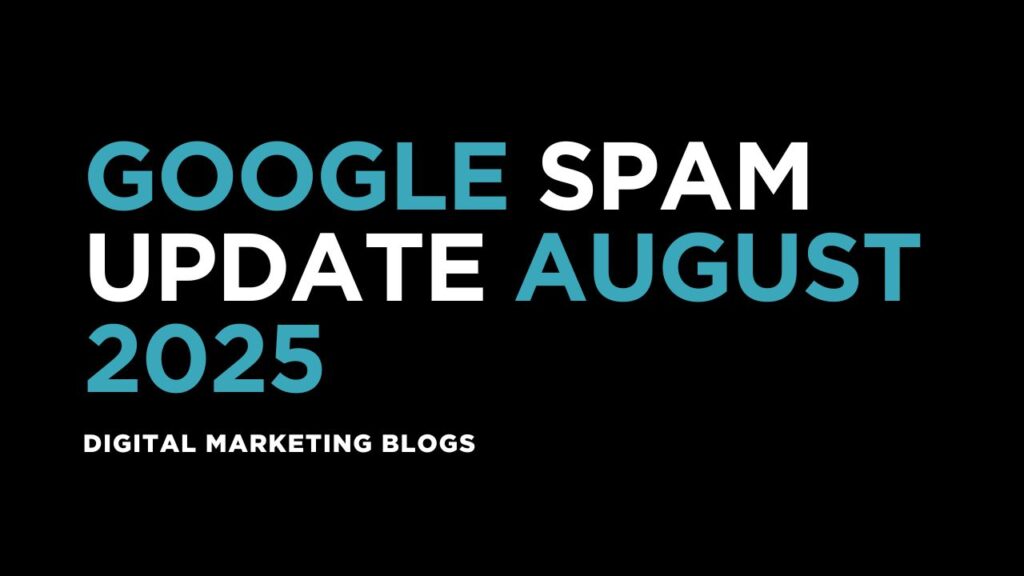WhatsApp Catalogs vs Shopify Stores: Which Is Better?
Choosing the right platform to sell your products online can make or break your business. Two popular options for small businesses and entrepreneurs are WhatsApp Business catalogs and Shopify stores. Both allow you to showcase products, manage orders, and communicate with customers, but they serve very different purposes. So which one is better for your business? Let’s break down the pros and cons of each and help you decide based on your goals, budget, and audience. What Is a WhatsApp Business Catalog? WhatsApp catalogs are a feature within the WhatsApp Business app. They allow you to display a product list with photos, prices, and descriptions directly inside a chat. Key Features Free to use Add up to 500 products Include images, prices, links, and descriptions Customers can browse and ask questions in real time Works best for local and informal selling What Is a Shopify Store? Shopify is a full-fledged e-commerce platform that lets you create an online store with custom branding, payment gateways, inventory management, and more. Key Features Paid subscription (starting at basic plans) Custom domains and design control Integrated checkout, shipping, and analytics App ecosystem for advanced marketing, SEO, and automation Scalable for growing businesses Comparing WhatsApp Catalogs and Shopify Stores Here’s a side-by-side comparison to highlight the major differences. Feature WhatsApp Catalog Shopify Store Cost Free Starts with a monthly fee Ease of Setup Very easy Moderate to advanced Customer Experience Chat-based, informal Website-based, structured Branding Minimal branding Full brand customization Payments Manual or third-party Built-in payment gateways Inventory Management Basic Advanced with automation Marketing Tools Limited Full suite (email, SEO, ads) Scalability Low High Search Visibility Not indexed by Google Fully indexable (SEO) When to Use WhatsApp Catalogs WhatsApp catalogs are best for: Solopreneurs or side hustles Businesses selling in local markets One-to-one selling with personal communication Quick launches with no budget Collecting orders manually and offering COD Pros Zero setup cost Direct and personal communication Great for small order volumes Ideal for regions with high WhatsApp usage Cons Limited product discovery No search engine visibility Difficult to scale Manual order and payment handling When to Use Shopify Shopify stores are ideal for: Businesses ready to grow or scale Brands building an online identity Selling nationwide or internationally Automating inventory, shipping, and checkout Running ad campaigns and SEO strategies Pros Professional online presence Secure, fast checkout Custom design and branding Apps and integrations for every stage of growth Cons Monthly subscription costs Requires setup and maintenance Learning curve for beginners Can You Use Both Together? Absolutely. Many businesses start with WhatsApp to build trust and then move to Shopify for scale. Some even combine both platforms. Smart Combo Strategy Use WhatsApp for warm leads and customer support Send checkout links from Shopify for payments Add your WhatsApp contact to Shopify pages for chat-based questions Collect repeat orders via WhatsApp and fulfill via Shopify backend This hybrid model gives you the personal touch of chat with the power of automation and brand visibility. Local Perspective If you’re a digital marketer in Calicut, understanding both tools is essential when guiding small businesses. In Kerala, WhatsApp is deeply embedded in local commerce, making it ideal for quick sales and informal communication. However, as businesses aim to reach wider audiences or sell internationally, a Shopify store becomes more practical. Many local brands use WhatsApp catalogs to get started, build a customer base, and then migrate to Shopify to scale and professionalize their operations. Final Verdict Choose WhatsApp Catalog if you’re just starting, want zero cost, and are focusing on direct, personal selling.Choose Shopify if you’re ready to build a brand, streamline operations, and grow beyond local markets. Each tool serves a different stage of your business journey. Start where you are — and scale up when you’re ready.
WhatsApp Catalogs vs Shopify Stores: Which Is Better? Read More »

